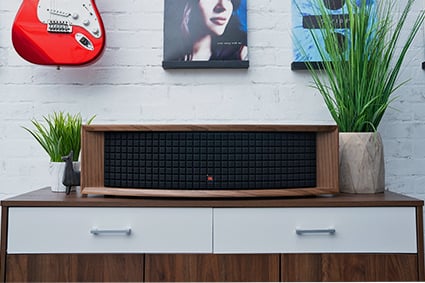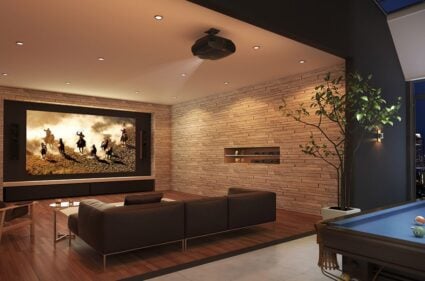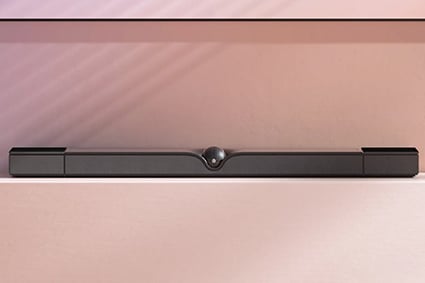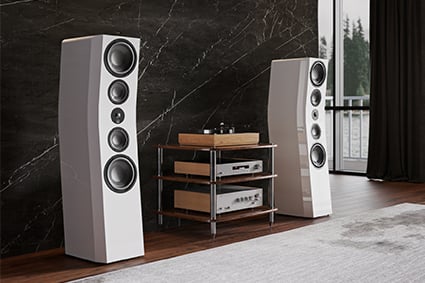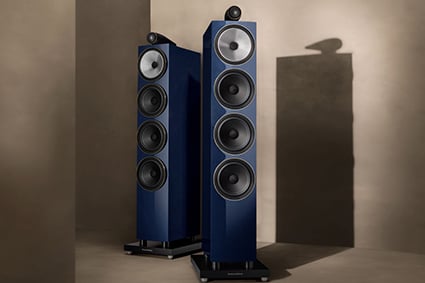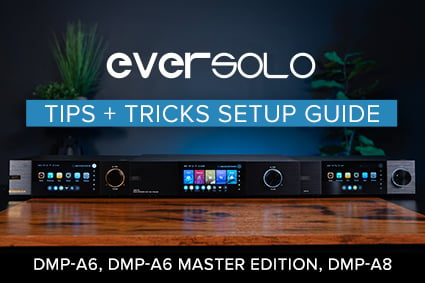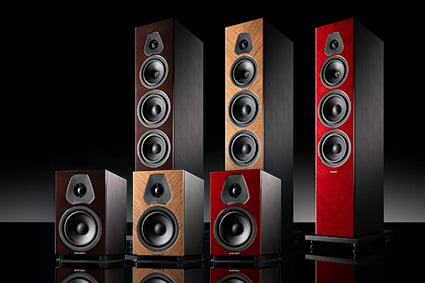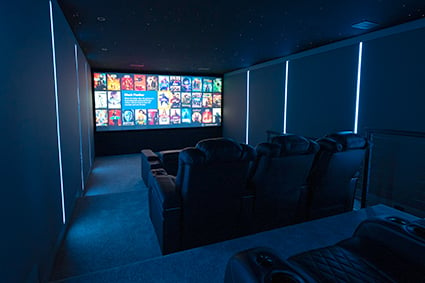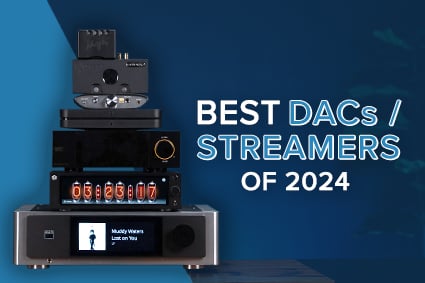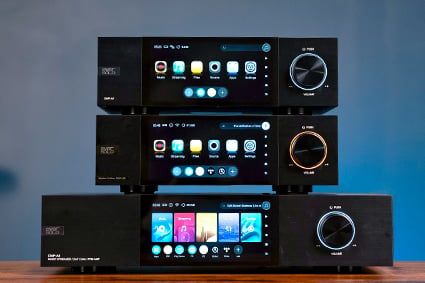Black Levels
We watched the very popular Amazon show The Expanse, in HDR, as our first test. We looked in particular at Season 5, Episode 1, starting at Time Stamp 1:45. There is a blazing iron-nickel rock streaking through space, and with the NZ7, the deep, inky blacks of space contrasted brilliantly with the glowing colors of the fireball! It was just overwhelming! We watched the same scene with the NX7, and while it looked awesome on its own, it just couldn’t compete with the NZ7.
And doing the same instant A/B comparisons as we had done before, the blacks were substantially deeper with the NZ7. Since its native contrast is only 40,000:1 (compared to the NX7's 80,000:1), and with there being no Dynamic Iris on the NZ7, the most likely explanation is that the Dynamic Laser Control is doing a bang-up job.
Initially, we had Dynamic Control on the NZ7 on Auto 2, and while the blacks were quite inky in those space scenes, the stars and other bright objects were significantly dimmed. We then selected Auto 1, and the stars brightened up significantly. They might not have been quite as bright as with the NX7, but the deep blacks more than made up for it, and the images were simply astounding.
We next looked at the famous Interstellar scene, starting at 53:30, using the regular HD Blu-ray. Here, we had to experiment with the NZ7’s settings in order to get the best results. As we found with The Expanse, Auto 2 significantly dims stars or similar bright objects in otherwise dark space scenes and was not suitable for this type of content.
Ultimately, we found that setting the NZ7 to High Laser, Aperture to 0, and Dynamic Control Off, worked beautifully. The black levels were about the same as the NX7, but the stars and the ship were now slightly brighter than the NX7, making for a more dynamic-looking picture.



















